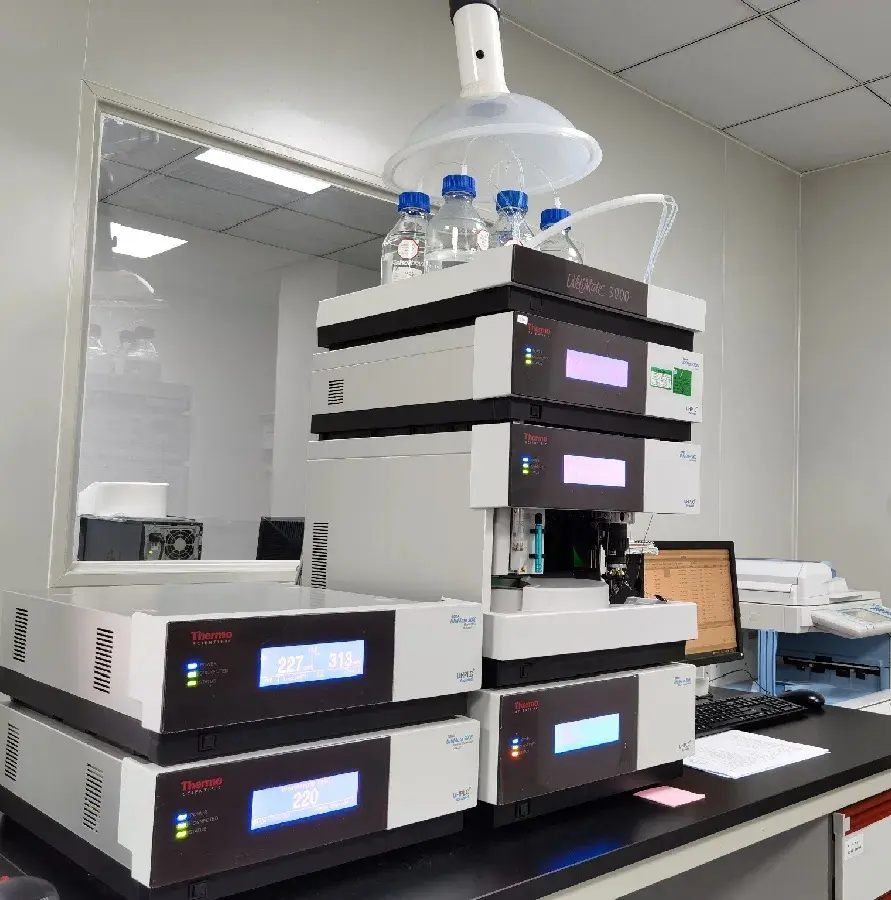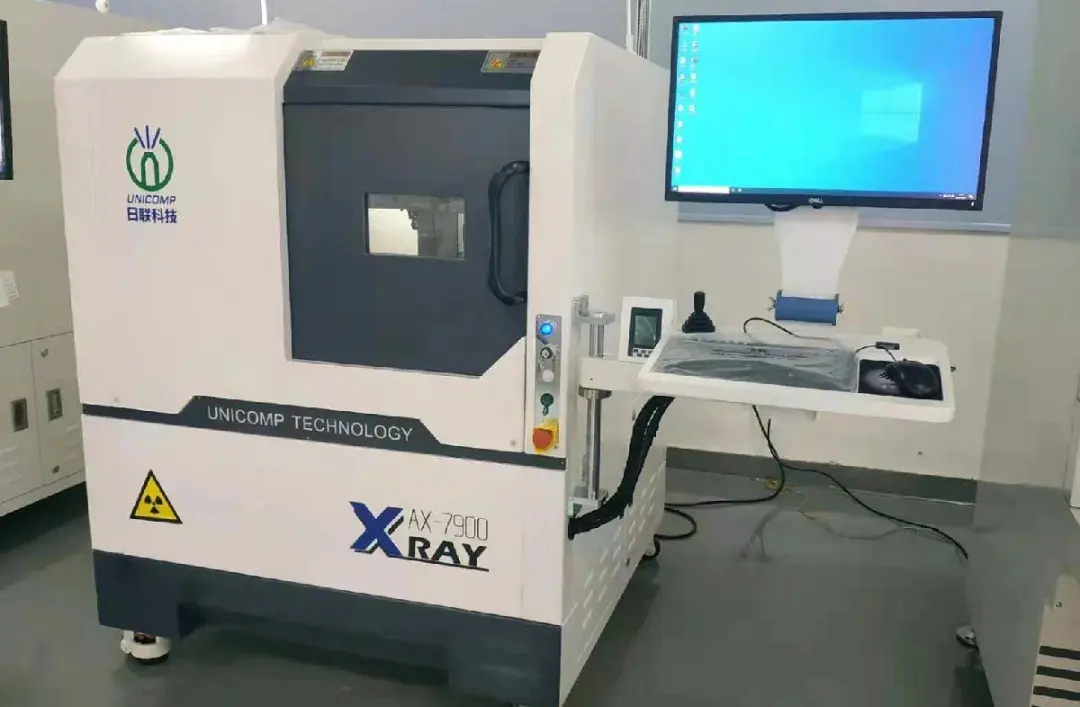
Packaging Validation ISO 11607 Test Report
The following is a template of a packaging validation test report provided by JJR Laboratory in China for medical device manufacturers. If you need ISO 11607 testing, please feel free to contact JJR engineers.
1. Program Overview
1.1 Purpose of Validation
This validation aims to assess the packaging system of medical device products manufactured by [Company Name] to ensure it can effectively protect the products during transportation, storage, and use, preventing contamination, damage, or performance degradation. The validation confirms that the packaging system meets the following requirements under defined conditions:
- Maintains product integrity and functionality;
- Ensures sterility throughout the product’s shelf life (where applicable);
- Complies with relevant regulations and standards (e.g., ISO 11607).
1.2 Scope of Validation
This protocol applies to the primary packaging (packaging in direct contact with the product) and secondary packaging (transport packaging) of [Specific Product Name] manufactured by [Company Name].
1.3 Validation Basis
- ISO 11607 Packaging for Terminally Sterilized Medical Devices
1.4 Validation Team
The validation team is composed of the following members, responsible for implementation, supervision, and review of this protocol:
- Team Leader: XXX (Quality Manager) – Responsible for approving the protocol and confirming the final conclusion.
- Team Members:
- XXX (Production Representative) – Responsible for packaging operations and recordkeeping.
- XXX (Quality Representative) – Responsible for data collection and analysis.
- XXX (Maintenance Personnel) – Responsible for equipment setup and maintenance.
- XXX (R&D Representative) – Provides technical support.
- External Support (if applicable): Third-party testing agency responsible for specific performance tests.
2. Process Overview
2.1 Packaging System Description
- Product Name: XXX Medical Device
- Primary Packaging Material: XXX (e.g., medical-grade dialysis paper, plastic film, etc.)
- Secondary Packaging Material: XXX (e.g., corrugated boxes, foam containers, etc.)
- Packaging Type: XXX (e.g., blister pack, pouch, etc.)
- Sealing Method: XXX (e.g., heat sealing, ultrasonic sealing, etc.)
#### 2.2 Packaging Process Description
The packaging process includes the following steps:
1. Primary Packaging: Place the product into the primary packaging and seal it.
2. Secondary Packaging: Place the primary-packaged product into the secondary packaging and seal the box.
3. Labeling: Label the outer packaging with product information, batch number, expiry date, etc.
4. Storage & Transportation: After packaging, the products are stored and transported.
3. Validation Steps
3.1 Installation Qualification (IQ)
Objective: Confirm that the packaging equipment is properly installed and meets design specifications.
Content:
- Check installation environment (e.g., temperature, humidity, cleanliness).
- Confirm equipment technical parameters meet requirements.
- Check equipment calibration records and maintenance schedule.
Main Equipment
- Equipment Name: SF-900 Multifunction Plastic Sealing Machine
Technical Documentation Archival
- Verify and archive supplier-provided drawings, equipment list, certificates, manuals, etc.
Operating Procedures & Training
- The supplier should provide SOPs for operation, cleaning, and maintenance.
- Check operator training records to ensure personnel are qualified.
Equipment Operation & Performance Verification
- Review supplier-provided installation acceptance, operation, and maintenance records.
- Verify calibration certificates or periodic checks for instruments.
3.2 Operational Qualification (OQ)
Objective: Confirm stable operation of the packaging equipment under predefined conditions.
Content:
- Test performance under varying parameters (e.g., sealing temperature, pressure, speed).
- Confirm equipment stability under extreme conditions.
- Record and analyze operational data.
Purpose:
In accordance with GMP, reconfirm packaging process stability and reliability.
Validation Content:
- Confirm packaging process aligns with production requirements.
- Define control limits for parameters, identify key influencing factors, challenge process limits to ensure stability.
Packaging Parameters:
- Seal Width: 8 ± 0.15 mm
- Sealing Temperature Range: 180–190°C
- Seal Strength: >2.5 N
Test Conditions:
- Equipment: SF-900 Multifunction Plastic Sealing Machine
- Packaging Bag: PE material, 80 mm × 120 mm
- Sample Size: 10 samples/test
Personnel Qualification:
- Check training records to confirm operators are competent.
- Special operators must be certified if required.
3.3 Performance Qualification (PQ)
Objective: Confirm the packaging system consistently meets requirements under actual production conditions.
Content:
- Seal Integrity Test: Dye penetration or bubble test per YY/T 0681.
- Strength Test: Compression and drop tests to simulate transport/storage.
- Microbial Barrier Test: Verify packaging material’s microbial resistance.
- Accelerated Aging Test: Simulate shelf life storage conditions.
- Real-Time Aging Test: Long-term observation under normal conditions.
Visual Inspection Acceptance Criteria:
- No visible contamination, stains, discoloration, or leakage.
- Paper pouch should be flat, without significant wrinkles.
Seal Strength Test:
- Test Equipment: Tensile Testing Machine
- Acceptance Criteria:
- Pull speed: 200 mm/min
- Test angle: 180°
- Sample width: 15 mm
- Seal strength ≥ 1.5 N/15 mm
Test Method Reference: ISO 11607
Packaging Material Verification:
- Materials used: PE bags
- Technical specifications: Refer to supplier documentation.
4. Abnormal Situation Handling
#### 4.1 Definition of Abnormal Conditions
Any of the following during validation is considered abnormal:
- Seal integrity failure
- Packaging material damage or deformation
- Equipment parameters outside set limits
- Test results significantly deviate from expectations
4.2 Corrective Actions
- Suspend Validation: Stop validation immediately upon detecting abnormalities.
- Root Cause Analysis: Investigation and analysis by the validation team.
- Corrective Actions: Adjust equipment settings, replace materials, etc., as needed.
- Revalidation: Re-test after implementing corrective measures.
5. Validation Evaluation and Conclusion
5.1 Data Collection and Analysis
- Collect all test data (seal integrity, strength, microbial barrier, etc.)
- Analyze using statistical tools to determine compliance.
5.2 Validation Assessment
- Acceptance Criteria: All data must meet applicable standards and acceptance limits.
- Non-Conformity Handling: If any data fails, retesting or packaging redesign is required.
5.3 Validation Conclusion
- Based on data analysis, the validation team will draw a conclusion.
- If passed: Packaging system meets requirements and is approved for use.
- If failed: A new plan must be developed and validated.
6. Attachments
- Validation Record Sheets
- Test Reports (e.g., Seal Integrity, Strength Tests)
- Equipment Calibration Records
- Validation Team Signature Sheet
Prepared by: XXX
Reviewed by: XXX
Approved by: XXX
Date: XXXX-XX-XX
Email:hello@jjrlab.com
Write your message here and send it to us
 Packaging Validation ISO 11607 Test Report
Packaging Validation ISO 11607 Test Report
 What is the ISO 11607-1 Packaging Validation Test?
What is the ISO 11607-1 Packaging Validation Test?
 How to get an ISO 11737-1 Test Report?
How to get an ISO 11737-1 Test Report?
 Orthopedic Implant Cleanliness Testing
Orthopedic Implant Cleanliness Testing
 What is ISO 10993-23:2021 Irritation Testing?
What is ISO 10993-23:2021 Irritation Testing?
 ISO 10993-23 Irritation Testing Laboratory
ISO 10993-23 Irritation Testing Laboratory
 EMI Emissions Testing
EMI Emissions Testing
 EMC Standards for Medical Devices
EMC Standards for Medical Devices
Leave us a message
24-hour online customer service at any time to respond, so that you worry!




